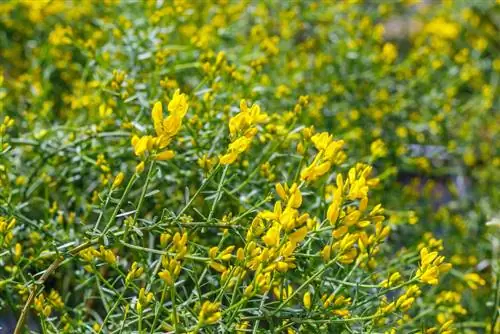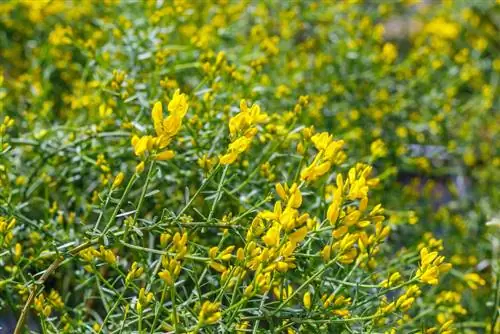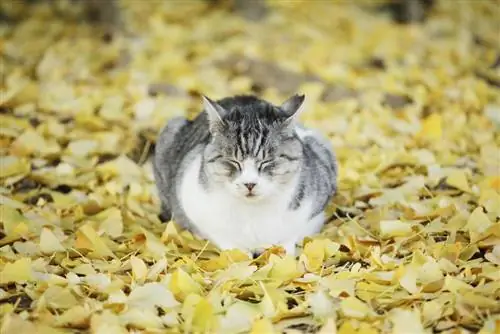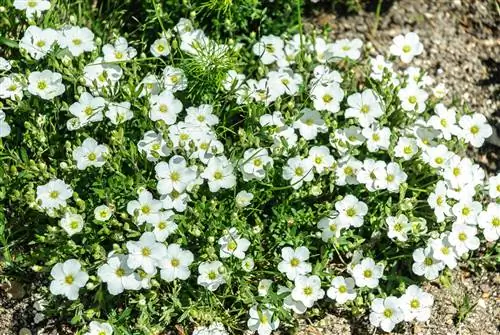- Author admin [email protected].
- Public 2023-12-16 16:46.
- Last modified 2025-01-23 11:22.
Broom bushes are a real feast for the eyes in the garden. But can you also plant them safely as a cat owner? You can find out whether gorse is harmful to cats in any way in this article.

Is broom dangerous for cats?
Broom is harmful to cats because it contains toxic alkaloids that become effective when they come into contact with saliva. Typical symptoms of poisoning in cats include increased salivation, nausea, agitation, paralysis and cardiovascular problems.
Can broom harm cats?
Yes, because broom contains so-calledalkaloids These organic compounds are toxic to cats as well as other animals. As soon as the alkaloids come into contact with saliva, the poison takes effect. This means: Cats should not lick or chew on gorse and certainly should not swallow parts of plants.
But: Since the plant is not known to have a scent that attracts cats, there is no great danger. However, it is still advisable to keep an eye on cats in a garden with gorse bushes.
What are typical symptoms of poisoning?
Poisoning with broom can causevarious symptoms in cats. Here is an overview of typical phenomena:
- increased salivation
- Nausea with vomiting and diarrhea
- Excitement and restlessness
- Symptoms of paralysis
- Constipation up to intestinal obstruction
- Heart/circulatory problems (loss of consciousness)
Note: The leaves and seeds are considered highly poisonous. If you consume just five to ten gorse seeds, symptoms of poisoning will appear.
If you notice one or more of the above symptoms in your cat, you should not hesitate toContact a veterinarian.
Tip
Small digression: the genet cats
Gent cats, also known as genettes, are a genus of civet cats. They are mainly found in Africa. The cats are characterized by an elongated body with short limbs, a pointed muzzle, large round ears and beige to gray colored fur with a striking black spot pattern and a curled tail. However, the naming is not related to the broom as a plant.






